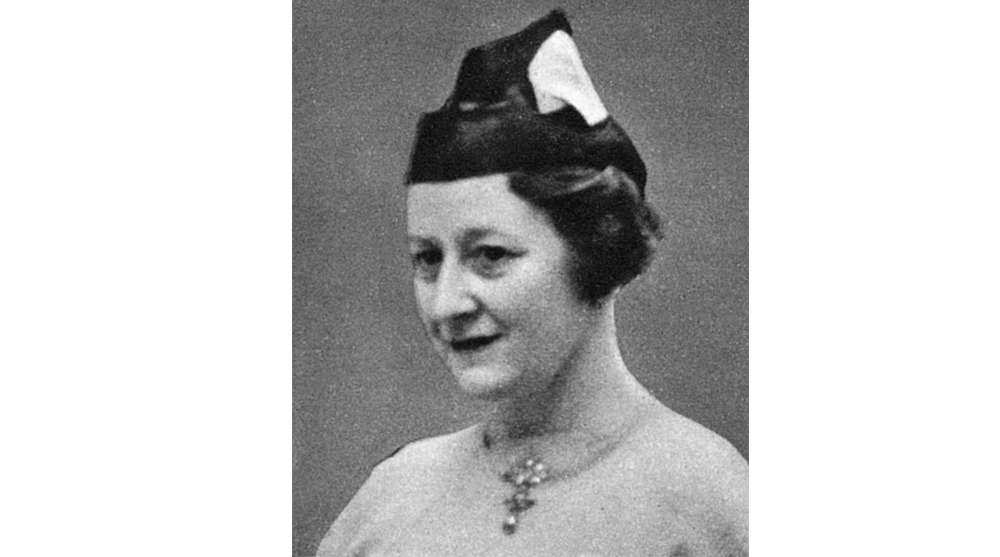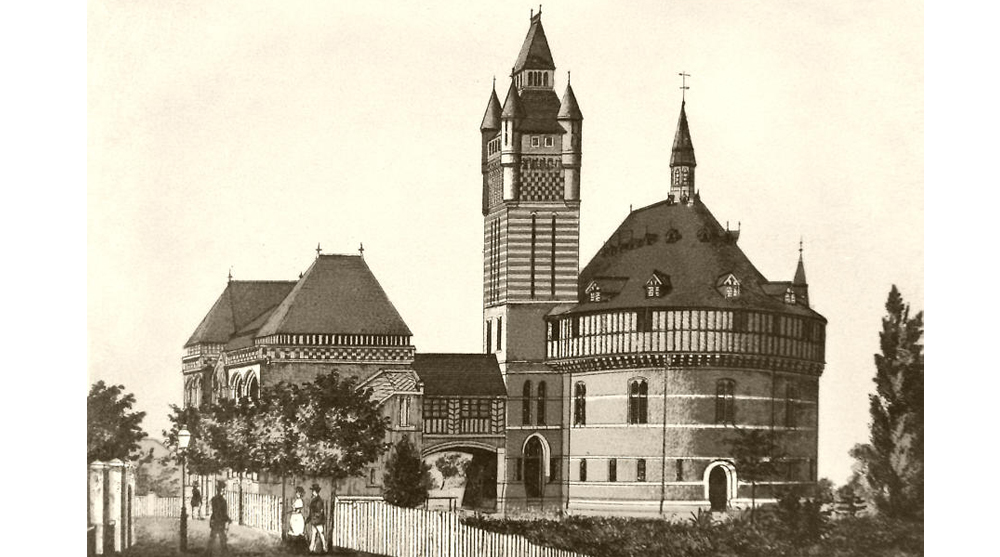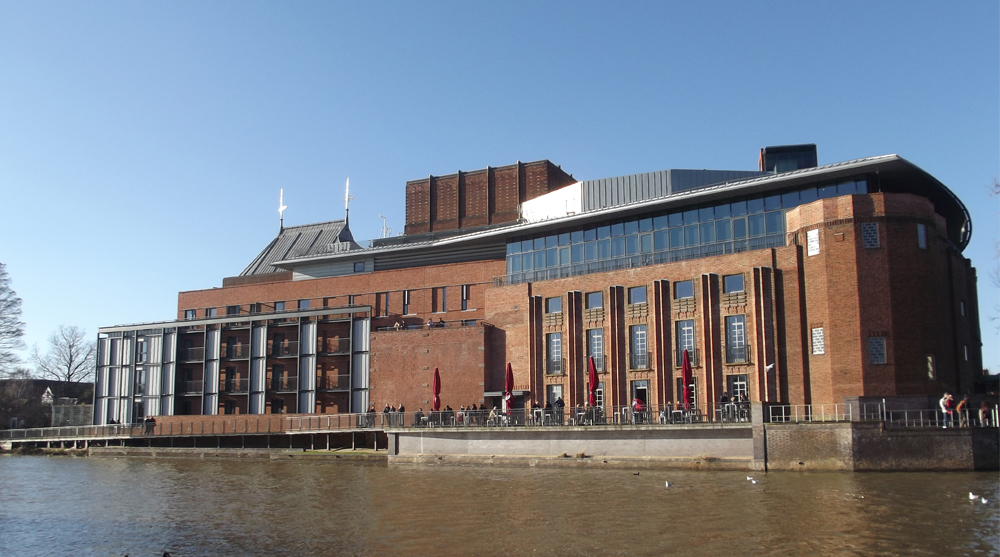It can be easy to forget that the work of women in the field of architecture has only been appreciated and respected for the past 100 years or so. One of architecture’s pioneering women was Elisabeth Scott, one of the first women in the UK to win an international architecture competition. She created one of the country’s most iconic landmarks and structures, and is recognised as a leader in the field of architecture.
Scott was born into an architectural dynasty, with great architecture works across the UK bearing the family name. Her second cousin Giles Gilbert Scott designed London’s famous Battersea Power Station, and her great uncle George Gilbert Scott (Founder of Watts & Co.) designed the Midland Hotel at London’s St Pancras Station.
Women in the UK’s Architectural Association

Elisabeth Scott was one of the first prominent female architects in the UK, and one of the first ever to win an international architecture competition. Image source
After being homeschooled for much of her education, Elisabeth was one of the first new students at the Architectural Association’s Bedford Square campus in London, and one of the first women ever to train after they began admitting female students in 1917. Elisabeth graduated in 1924 and quickly began a prominent architectural career.
Her first position was with the practice of David Niven and Herbert Wigglesworth (you couldn’t make up a more English-sounding name) and eventually went on to become the assistant of progressive architect Louis de Soissons. During this time she worked in both the Scandinavian style and the contemporary style of the time.
Winning an international architecture competition
In 1927, Elisabeth Scott entered an architecture competition to design a replacement for the Shakespeare Memorial Theatre which had been destroyed by a fire in the previous year. Assisted by fellow Architectural Association students Alison Sleigh and John Chiene Shepherd, Scott’s entry was one of 72 submitted entries, winning the coveted contract to create one of Britain’s most famous buildings.

The original Shakespeare Memorial Theatre complex, Stratford on Avon, England, circa 1886. Image source
In the original building design by Scott, the theatre had a seating capacity of approximately 1,400 on three tiers - stalls, circle, and balcony - which were later extended to include two additional tiers of seating. The stage was a proscenium-arch originally, but was also extended by means of an ‘apron’.
The Grade II-listed building has several Art Deco features, such as its staircase and corridors at either side of the auditorium. Elisabeth Scott’s design received mixed reviews when it was unveiled, referred to as "startling...monstrous [and] brutal” in the Manchester Guardian, yet being said to “adapt itself to the lines of the river and landscape" by The Times, and playwright George Bernard Shaw stated that Scott’s design was the only one submitted to show any theatrical sense.

Scott’s redesign of The Royal Shakespeare Theatre is one of the UK’s most iconic buildings. Image source
International theatre design
After the success of winning the Shakespeare Memorial Theatre architecture competition, the client encouraged Scott to further research modern theatre design with her colleague Maurice Chesterton. Scott spent a year touring Germany to see the latest theatre designs. She went on to design the Pier Theatre while working as an architect for Bournemouth Council. The theatre was opened in 1960 and was designed to look like an ocean liner, located along Bournemouth’s famous pier.
Scott continued to design theatres like the Pier Theatre in her hometown of Bournemouth. Image source
How an architecture competition aided the feminist movement
As frustrating as it will sound, at the time of her graduating there were no prominent female architects working in the field. Had it not been for the Shakespeare Memorial Theatre holding an international architecture competition, Elisabeth Scott would likely not have received the attention she was due for her work, and would almost certainly not have been awarded the contract to redesign and rebuild a building prominent as the theatre.
Though not an outspoken feminist of the time, Scott made a point to employ women architects wherever possible when working on the Stratford design, providing an instrumental boost to those women wishing to enter the profession. She is known to have disliked being labelled as a ‘female architect’ rather than simply an ‘architect’, and ensured that women were represented on her design projects throughout her career.
Open architecture competitions provide a platform for individuals of any background and experience to pitch their ideas on the same levels as seasoned professionals. Check out some of our open architecture competitions to see if there’s an ideal opportunity for you.
Top 3 Reasons Why You Should Enter Architecture Competitions
Curious about the value of architecture competitions? Discover the transformative power they can have on your career - from igniting creativity and turning designs into reality, to gaining international recognition.
Learn more


























